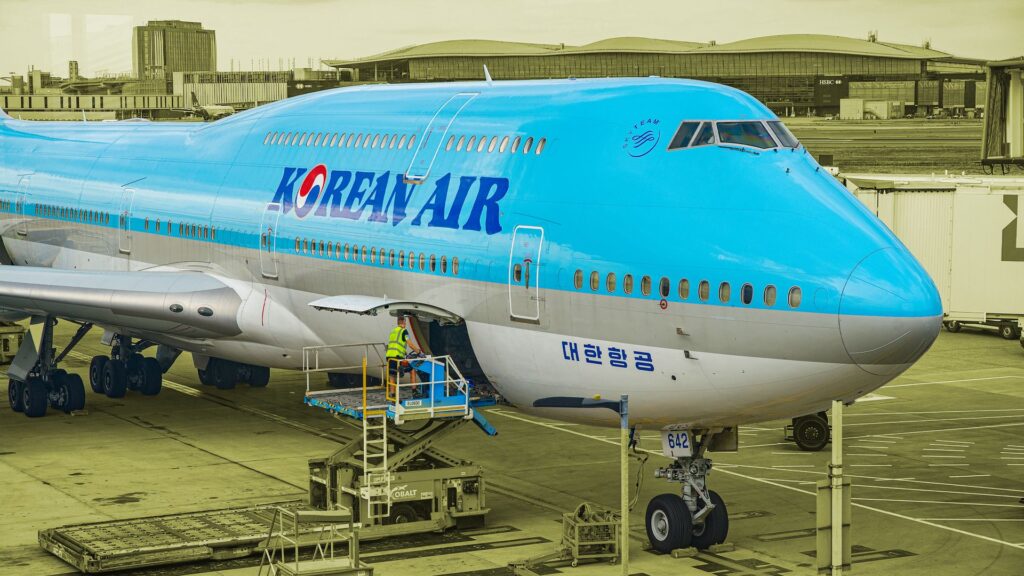
The Boeing 747-8, the latest variant of the iconic 747 family, has marked two decades since its launch. Known as the ‘Queen of the Skies,’ this aircraft continues to serve airlines and cargo operators worldwide, despite a decline in global operations over the past decade. The 747-8, which entered commercial service in 2012, has shown resilience in an evolving aviation landscape, adapting to the demands of modern air travel.
Overview of the 747-8 Program
Launched in 2005, the Boeing 747-8 was designed to compete with the Airbus A380-800, offering a larger passenger capacity and improved efficiency. The passenger version, known as the 747-8I (Intercontinental), took its maiden flight on March 20, 2011, and began operations with Lufthansa. Despite facing delays and securing orders from only three airlines for passenger service, the 747-8F freighter variant gained significant traction, attracting orders from ten cargo operators.
The final passenger variant was delivered to Korean Air in 2017, while the last freighter variant was handed over to Atlas Air in January 2023. This marked the conclusion of the entire 747 family, which has been a staple in aviation since its inception in the early 1970s.
Current Operators and Fleet Status
Data from ch-aviation indicates that the 747-8I has a total of 31 aircraft ordered by Lufthansa, Air China, and Korean Air. Of these, 27 are currently active, with Lufthansa operating the largest fleet at 17 aircraft. They deploy these planes primarily on long-haul routes to destinations such as Los Angeles, Tokyo, and Mexico City.
In contrast, the 747-8F has proven to be more popular among cargo operators, with 107 units delivered. UPS Airlines is the largest operator, managing 29 active freighters. The operational lifespan of cargo aircraft tends to be longer, suggesting that the 747-8 will remain in service for many years ahead.
The operational status of the aircraft from various airlines is as follows:
– **Lufthansa**: 17 active, 2 inactive (total 19)
– **Air China**: 6 active, 1 inactive (total 7)
– **Korean Air**: 4 active, 1 inactive (total 5)
For the freighter variant, the active fleet includes:
– **UPS Airlines**: 29 active, 1 inactive
– **Atlas Air**: 15 active
– **Cargolux**: 14 active
– **Cathay Pacific**: 14 active
The 747-8’s ability to carry cargo efficiently reinforces its relevance, even as passenger variants see reduced demand.
The Boeing 747-400, which was produced from 1989 to 2009, remains the most popular variant, with nearly 700 units delivered. Although the 747-8 offers higher capacity and efficiency, the market shift towards twin-engine aircraft for point-to-point travel has affected its success.
Looking ahead, airlines are exploring alternatives to the 747-8, with the Airbus A350-1000 and the delayed Boeing 777-9 emerging as potential successors. The A350-1000 can accommodate up to 400 passengers and features advanced technology that enhances operational efficiency. Similarly, the 777-9, expected to enter service in 2027, promises to be the largest twin-engine aircraft, catering to the capacity needs of airlines while maintaining competitive operational costs.
As the aviation industry evolves, the legacy of the Boeing 747-8 and its predecessors will continue to influence air travel. The ‘Queen of the Skies’ remains a symbol of innovation and resilience in the face of change.





